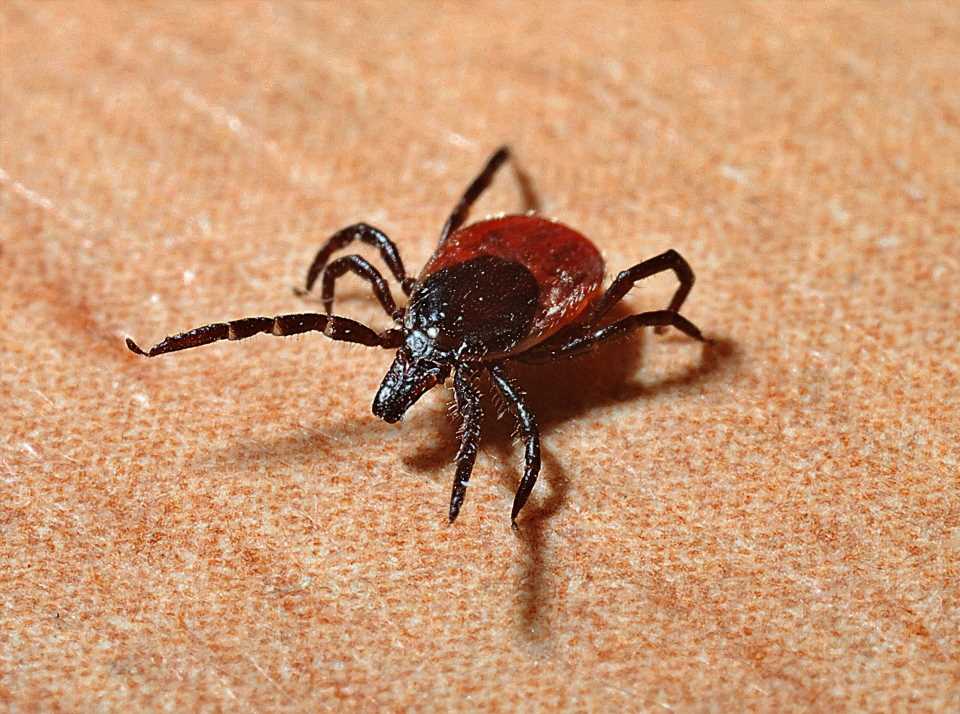
Researchers say there are precautions those heading outside can take to limit risk from disease-carrying ticks. Take time to familiarize yourself with which tick species may be common in your area, as well as some common steps below that can help keep you protected while enjoying the warmer weather.
If you do happen to find a tick attached to you, remove it with fine-tipped tweezers, grasping close to the skin, as soon as possible to prevent the transmission of pathogens.
The Illinois Department of Health recommends the following precautions:
- Avoid wooded and brushy areas with high grass and leaf litter. Walk in the center of trails.
- Treat clothing and gear with products containing 0.5% permethrin. Permethrin can be used to treat boots, clothing and camping gear, and it remains protective through several washings.
- Use EPA-registered repellents containing DEET, picaridin, IR3535, Oil of Lemon Eucalyptus (OLE), para-menthane-diol (PMD), or 2-undecanone. Always follow product instructions.
- Shower soon after being outdoors. Showering within two hours of coming indoors has been shown to reduce your risk of getting Lyme disease and may be effective in reducing the risk of other tick-borne diseases. Showering may help wash off unattached ticks, and it is a good opportunity to do a tick check.
- Check your body for ticks after being outdoors. Conduct a full body check upon return from potentially tick-infested areas, including your own backyard. Use a hand-held or full-length mirror to view all parts of your body. Check these parts of your body and your child’s body for ticks: Under the arms, in and around the ears, inside belly button, back of the knees, in and around the hair, between the legs, around the waist
- Contact a medical provider if you begin to experience any tick-borne disease symptoms (fever, rash, body aches, headache, chills)
Source: Read Full Article
